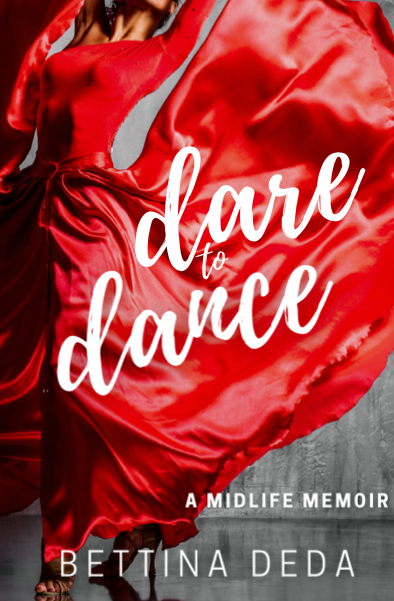Today, I would like to share with you another milestone in my memoir writing journey. I decided to dedicate an entire weekend to a workshop called Drawing and Memory at the National Art School in Sydney.
I had been playing with the thought of adding some illustrations to my memoir for a while and had therefore enroled in this Spring workshop. It happened to be on the weekend after our last writing class. Was this a coincidence?
Armed with my book about the history of the suburb I grew up and some other inspirational images, I entered through the main gate of the National Art School on Saturday morning with excitement and anticipation. The massive sandstone buildings of the old Darlinghurst Gaol have been a school for artists since 1843. Only accessible via a couple of gates, this place excludes the buzz of the city outside. It is a nurturing oasis for creative souls; keeping them with their tribe, safe and protected to follow their passion. It radiates a sense of mystery, of unlimited possibilities, dreams can come true within these walls.
Goose bumps were running over my body in anticipation of the next couple of days. Although I had been here before several times, I felt like I was able to achieve something great within these walls. A place that sparked my creativity every time I had been there before.
The course started with a short introduction about memory – a combined process of recollection and imagination – and how famous painters and artists created works based on their memories. The artist emphasised that memorising is a creative process and that memory is malleable. Through drawing, we can investigate and explore our memories. She also introduced formal considerations such as material, space, tone and colour, gesture and mark making, scale and clarity. To manipulate the work, she encouraged us to use transparent layers of imaginary, gestural marks, empty spaces, erased marks, or fragmentation; in other words exploring and playing with the material.
"Layer the drawing in the same way your story is layered. Develop it as a chain of images." This statement reminded me vividly of the writing class I had just finished a couple of days before.
We headed over to the building with the drawing studios and set up our easels with large drawing boards, unpacked our material and inspirational objects or images. I started working from the book I had brought. I particularly liked some aerial shots of the suburb I grew up and a painting from 1931 by the German artist Otto Dill. For my drawing, I worked with willow and compressed charcoal on Canson paper. This work took up most of the first day of our workshop. On the second day, I arrived with a series of inspirational images and intended to produce small illustrations for specific chapters of my memoir. When the lecturer saw me drawing with pencil on A5 format she challenged me in saying that I could do these illustrations any time at home and asked if I did not want to explore the charcoal further on a large scale. "You can use the workshop as you want," she said, "but think about further material exploration while you finish this drawing." As my mind was set on drawing small illustrations, it took me a while to let go of my original plan. I finished my drawing and clipped an A2 coloured Canson paper on my board. With the charcoal in my hand I stared at the blank paper for almost an hour. I tried to come up with an idea how to visualise part three of my memoir – titled Wandering and Wondering. I became more and more impatient, and the more I forced myself to draw something, the worse I felt. I read through my notebook from the writing course trying to find a hook, an angle to start the drawing. At some point, I drew several circles on my paper. But what next? Frustration started to take over my mind and I finally addressed the teacher.
"I am stuck, I can’t get my head around how to translate the stories of part three into a drawing. The words I have written are so present in my mind that I find it hard to let go and develop a drawing."
"Are these yours?" She looked at some feathers on my table.
"Yes."
"Why don’t you use this beautiful object to overlay your circles by rubbing the shape of your feather over them?"
She took my rubber and started making some marks on the paper. The effect was stunning. All of a sudden, I saw the possibility of this drawing, how to express my love for collecting beautiful objects, such as feathers, by layering the shape of my feather over the charcoal circles representing the structure of my memoir and my love for travelling. While rubbing over the charcoal, I turned the drawing around to work from other perspectives. Finally, I decided to glue the feather onto the paper as another layer and collage element. After one hour of drawing and rubbing, I felt very happy with the outcome. The coloured paper worked wonderful as the foundation layer of my monochromatic drawing.
Inspired by this exploration, I clipped another A2 sheet of beautiful white paper on my board. How could I visualise the content of part one of my memoir – chapters that deal with two major turning points in my life and the move from Germany to Australia? I revisited some of my inspirational objects and photographs and got hooked by a large key from my family home in Neustadt. I started drawing the key on butcher paper playing around with its shapes and details. At home, I had displayed that key glued on an image of an old masters painting in a museum frame. I liked the juxtaposition of this somewhat faded and blurred image with the metal object. I decided to create a blurred background on my paper and draw the object on top of it. Looking at my image, I used a piece of willow charcoal on its side to apply the shady areas of my background image onto the paper. The charcoal seemed to glide over the paper, which I had never used before. It was a high-quality paper from Arches feeling like fabric almost, and my marks created the most wonderful textures. Just concentrating on the different shady areas on my inspirational image, a landscape of shapes and marks started to emerge. When I had finished and stepped back to look at it, I could not believe my eyes. There was my memory of turning points and maps. Eventually, I decided to not draw the key on top, as this was a wonderful abstraction of my memories.
I thoroughly enjoyed the two days at the National Art School, as it reminded me how much I love drawing and surround myself with like-minded people; people, who lift me up and encourage me to follow my creative calling. This weekend manifested again how much artists and writers have in common.
Consider drawing or writing as a way to deal with sentimental items and to capture your family history. I would love to hear your thoughts on this!
Read previous post about my writing journey:
The Magic of Memoir Writing
The Magic of Memoir Writing - Starting From Place
Memoir Writing: What Others Told me
What Downsizing and Memoir Writing Have in Common









